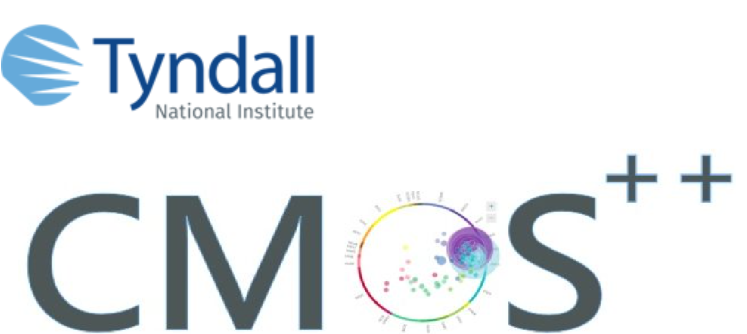Multiferroic materials possess simultaneous ferroelectric and ferromagnetic properties, allowing for innovative ways of manipulating data and storing information. In 2013, Tyndall researchers made the land-mark discovery of a rare single-phase multiferroic material, Aurivillius phase Bi6TixFeyMnzO18 (B6TFMO), which demonstrates linear magnetoelectric switching at room temperature.Our initial reports have been breakthroughs in the field of multiferroics, as this is the only multiferroic demonstrating intrinsic ferroelectric/ferromagnetic properties to a defined confidence level (≥99.5%). While earlier work focused on non-epitaxial, 100 nm-thick B6TFMO films, a crucial requirement for materials targeted for miniaturised data storage applications is the enhancement of their functional properties at sub-10 nm dimensions. This is a challenge for multiferroic materials, since ferroelectricity is a collective phenomenon and the spontaneous electrical polarisation is expected only to be sustained above some critical thickness.
To increase the technological potential of B6TFMO for utilisation in future devices, Tyndall CMOS++ researchers recently developed industrially-scalable direct liquid injection chemical vapour deposition (DLI-CVD) processes for the synthesis of 2D epitaxial B6TFMO films of sub-10 nm thickness. Ferroelectricity is confirmed in 5 nm (1 unit-cell thick) B6TFMO films (Figure 1) , with tensile epitaxial strain enhancing the piezoresponse. In-plane ferroelectric switching is demonstrated at 1.5 unit-cell thickness (7 nm) and arrays can be “written” and “read” to demonstrate states which permit anti-parallel information storage in ultra-thin B6TFMO.
As such, ultra-thin B6TFMO is a perfect candidate for utilisation in novel in-plane devices enabling ferroelectric control of tunnel electron resistance, having the significant advantage that performance would not be hindered by opposing depolarization fields upon scaling down to ultra-thin dimensions. Multiferroic tunnel junctions based on the B6TFMO system offer the further prospect of producing eight-state information storage based on simultaneous magnetoresistance and electroresistance. Additionally, because ferroelectric switching involves domain nucleation and growth, the capacity to tailor nucleation-limited ferroelectric domain switching enables the creation of artificial nano-synapses where synaptic strengths evolve depending on the switching pulse amplitude and duration. Multiple-levels of resistance can thus be created within each state by controlling domain evolution, thus serving as unique memory elements in future neuromorphic computing systems.

Reference: Lynette Keeney, Zineb Saghi, Marita O’Sullivan, Jonathan Alaria, Michael Schmidt, Louise Colfer, “Persistence of ferroelectricity close to unit-cell thickness in structurally disordered Aurivillius phases”, ACS Chemistry of Materials (2020), https://doi.org/10.1021/acs.chemmater.0c03454

